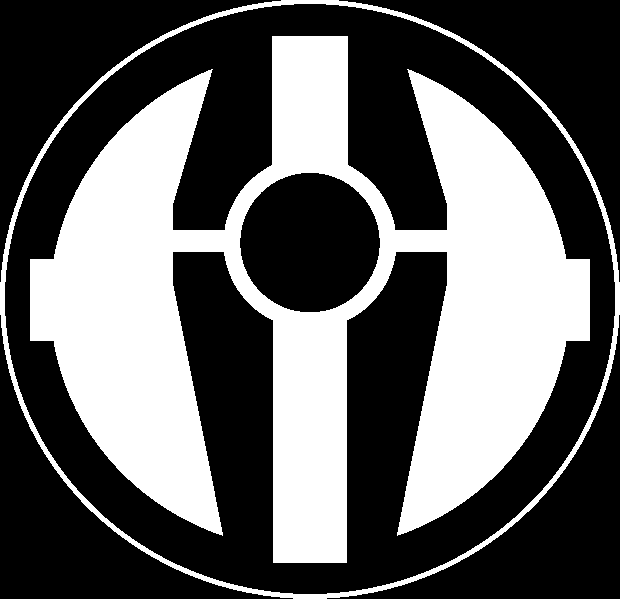
Palpatinian Syhith Order. | TIE/In Interceptor. | 
Geh 'Dia Order. |
|---|
| TIE/In Interceptor. |
|---|
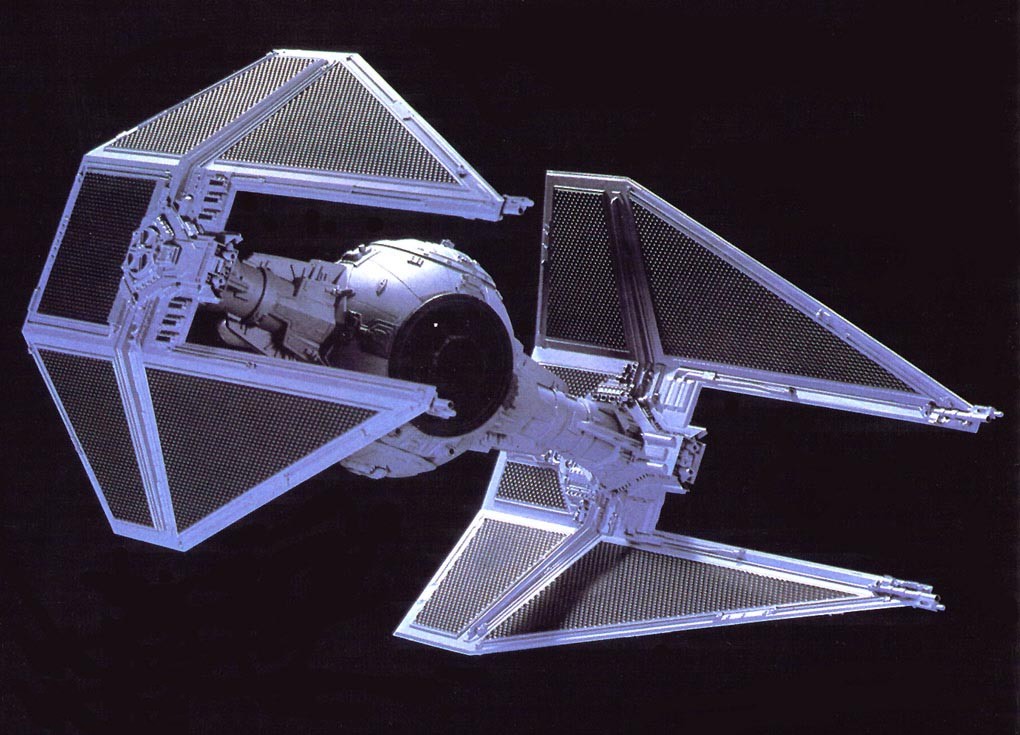 | | Manufacturer: | Sienar Fleet Systems. |
|---|
| Product Line: |
|---|
| Model: | Twin Ion Engine Interceptor Starfighter. |
|---|
| Class: | Starfighter. |
|---|
| Technical Specifications: |
|---|
| Length: | 31 feet 5.5 inch (XXm). |
|---|
| Maximum Acceleration: | 4,240 G. |
|---|
| Megalight: | 110 MGLT. |
|---|
| Maximum Speed (atmosphere): | 776 mph (1,139 fps/XXkph). |
|---|
| Engine Unit: | SFS P-s5.6 twin ion engines (rated 175 KTU). |
|---|
| Hyperdrive System: | Class 2. |
|---|
| Powerplant: | SFS I-s3a solar ionization reactor. |
|---|
| Shielding: | None standard; can be equipped as upgrade. |
|---|
| Hull: | Titanium alloy hull (20 RU). |
|---|
| Sensor systems: | SFS S-c4.1 multi-range TAG. |
|---|
| Targeting systems: | SFS T-s9a targeting computer. |
|---|
| Navigation system: | SFS N-s6 Navcon. |
|---|
| Avionics: | SFS F-s4 flight avionics system. |
|---|
| Armament: | 6 SFS L-s9.3 Laser Cannons. |
|---|
| Crew: | Pilot. |
|---|
| Passengers: | None. |
|---|
| Cargo capacity: | 165.3 lbs (XXkg). |
|---|
| Consumables: | 2 days. |
|---|
| Other systems: | AE-35 subspace transceiver;Ejection seat. |
|---|
| Usage: |
|---|
| Roles: | Space Superiority Fighter;Interceptor. |
|---|
| Eras: | Rebellion Era;New Republic Era;New Jedi Order Era;UGC Era. |
|---|
| Affiliation: | Palpatinian Empire;New Republic;Imperial Remnant;New Geh 'Dia Order;Galactic Federation of Free Alliances;Many RDF's;REF Spacy;Private Militry Contractors. |
|---|
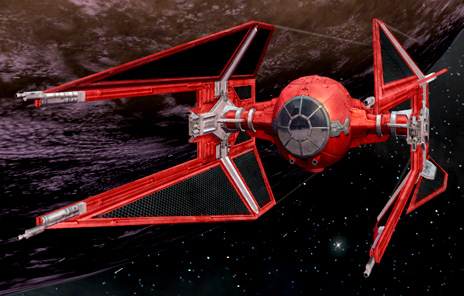 | | Emperor's Royal Guard TIE Interceptor Starfighter; Note the winglet solar arrays. |
|---|
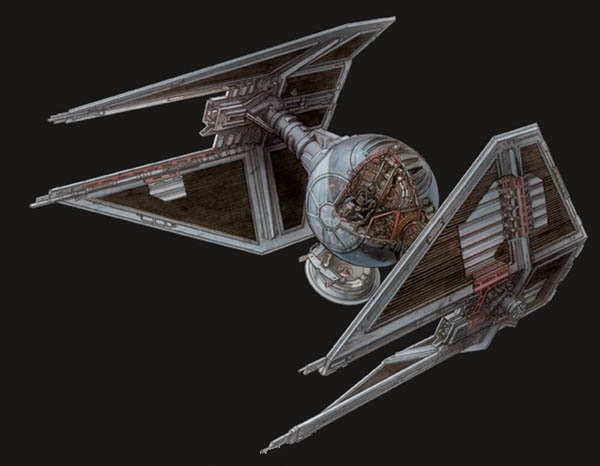 | | TIE Interceptor Cutaway. |
|---|
"Your generic TIE grunt is just plain suicidal. And the TIE Defender jockey is bloodthirsty.
But the TIE Interceptor pilot, he's suicidal and bloodthirsty. When you see a squad
of those maniacs flying your way, you'd better hope your hyperdrive is operational."- Kyle KATARN, quoted in The New Essential Guide to Vehicles and Vessels. | 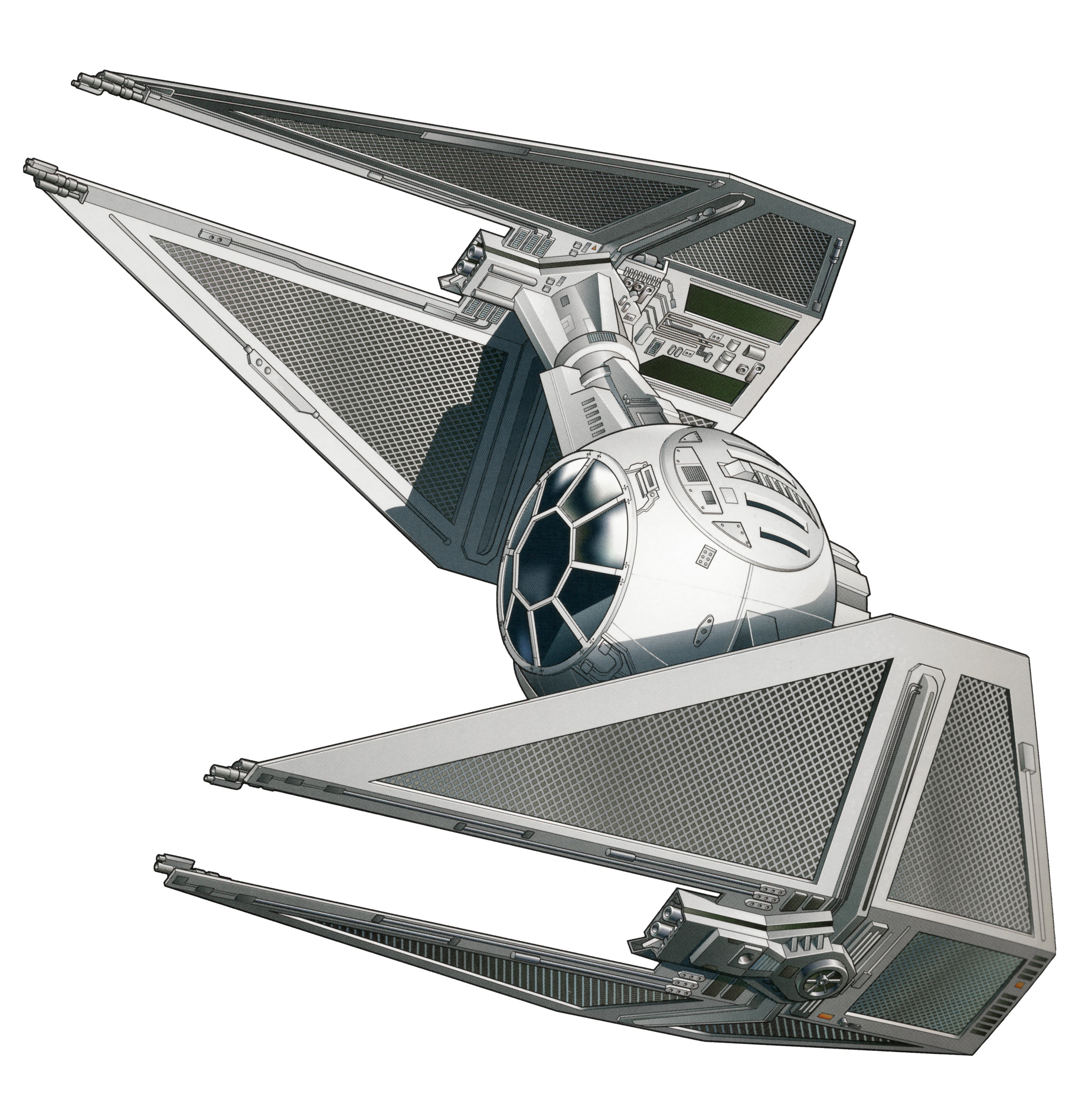 | 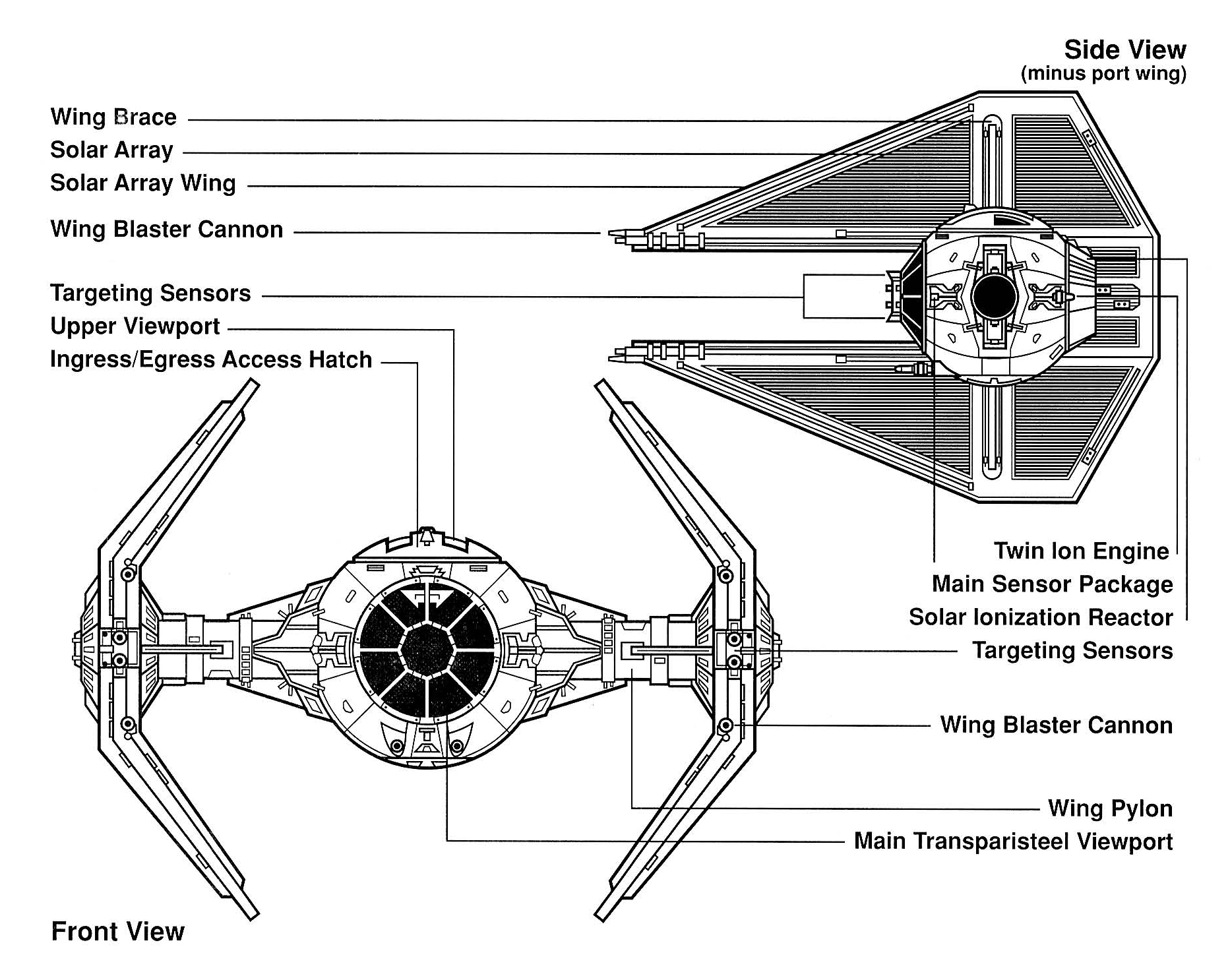 | | A TIE Interceptor. | TIE Interceptor Schematics. |
|---|
The TIE/Interceptor Starfighter, or TIE/In, is a TIE Series starfighter originally used by the Ancient Empire. The TIE Interceptor was identifiable by its arrow-shaped solar collection panels, a distinct difference from the hexagonal solar arrays of its predecessor, the TIE Fighter. The Interceptor was one of the fastest starfighters in the galaxy at its prime, nearly rivaling the Republic Alliance's RZ-1 A-Wing Interceptor.CharacteristicsLike most TIEs, the TIE Interceptor shared nearly identical cockpits, drive pods, and wing brace design with the TIE Fighter. The solar collector panels were lengthened and angled, and the forward center section was removed. This new solar array design gave the Interceptor its unmistakable dagger-like appearance, while providing the pilot with increased visibility and shrinking its profile making targeting more frustrating for enemy gunners. This wing design gave the craft a more menacing visage, continuing the Empire's reputation of ruling through fear.The original production model came standard with four L-s9.3 laser cannons installed on each wingtip. New targeting softWare was among other advancements installed in the TIE Interceptor; the SFS T-s9a targeting computer offered greater accuracy during complex flight maneuvers. Twin laser cannon hardpoints still remained on the "chin" portion of the cockpit module. Provided technicians could find room for additional power generators, these cannons could also be utilized.Later TIE Interceptor models were modified to carry four blaster cannons, replacing the original wingtip laser cannons, along with twin chin mounted laser cannons. It is believed these models participated in the Battle of Endor. However, the older model remained a common sight in Imperial fleets for years to come.The TIE Interceptor fielded P-s5.6 twin ion engines. These new engines included an advanced ion-stream projector, thus allowing pilots access to more sophisticated combat maneuvers. Twin-port deflectors supported this feat by allowing the pilot individual manipulation of the deflectors, thus providing finer flight control. These advancements in engine technology made the TIE Interceptor a superior platform in space combat, achieving speeds beyond all other Alliance starfighters short of the A-Wing.The TIE Interceptor's primary role was as its title suggested. Like its predecessors the Interceptor lacked heavier armor, deflector shields, a hyperdrive, and life support systems. Interceptor pilots were forced to rely on speed, maneuverability, superior numbers, and advanced weapon systems to prevail in its primary role of space superiority.With no hyperdrive, the TIE Interceptor was reliant on a capital ship for an operations base. Star Destroyers and prominent shipyards such as Kuat and Fondor were common place for Interceptor squadrons; Smaller vessels and more remote locations had to rely on aging TIE/ln Starfighters.There was also a special variant, painted completely red with significant upgrades, that was available for use by the Emperor's Royal Guards. Aside from its paint job and upgrades, this model also featured two small wings protruding from each solar panel; By tradition and later mutual accord, only Palpatinain Order TIE/In's have these winglets.HistoryThe TIE Interceptor was designed to have the power of the TIE/Advanced starfighter but be more cost-effective, as the TIE/Advanced was too expensive to mass-produce. The Palpatinain Order, aware of the superior abilities of the TIE Interceptor, as well as its relatively low cost, had planned to replace all standard TIE Fighters with Interceptors.The TIE Interceptor was considered one of if not the best starfighters for dogfighting. It was often used by elite Imperial TIE squadrons like the 181ST, the 128TH Alpha and Avenger Squadrons, and squadron leaders in TIE/ln squadrons.Due to limited pilots and fighters, some Imperial and other commanders had TIE Interceptors fitted with shields to minimize casualties as they can not afford to field profuse fleets of TIE Fighters.Officers of the Imperial Navy were sometimes known to adopt TIE Interceptors as their personal craft, installing shield projectors and hyperdrives so the Interceptors could be utilized as escape vehicles.Due to their speed, distinct shape, and narrow profile in comparison to the TIE/in fighter (which was nicknamed "eyeball"), TIE Interceptors came to be referred to occasionally as "squints" by enemy pilots.UGC-EraThe UGC is by no means obliged to purchase anything from anyone anywhere ever; Nevertheless, as an adroit politic maneuver, the UGC offered to purchase any TIE/In Interceptors and parts thereof that were available on the market for "Evaluation." In reality, the Robotech Expeditionary Forces Spacy would be using them as defensive platforms for their ships; Gnats around a mothership. The method of employment is second-tier defensive platforms, staying close to their mothership to attack fighters and missiles that get through the outer defensive perimeter; Essentially mobile anti-fighter batteries. They often fly so close to the mothership that the relative gravity wells, as small as they are, will actually cause them to drift closer together (their own gravity pull them together), making the collision alert alarm all too critical to safe flight.The shielding was kept intact, but the hyperdrive removed to make room for bigger generators; The REF variants are equipped with SFS P-sz9.7 twin ion engines (which are rated at 230 KTU). Other than those two modifications, they are exactly like the standard TIE/In Interceptor; The stats listed below and in the table to right reflect the standard, and more numerous, variant, though some Robotech Defense Force's have followed suit.Palpatinian TIE/In InterceptorsThe Imperial Royal Guard TIE/In starfighter is a variant of the TIE/In starfighter, flown only by Palpatian Royal Guards.DetailsThese starfighters are commonly used to escort Palpatinian ships and their decoys during travel and to guard stations. Displaying the distinctive crimson red color of the Royal Guard, these deadly War machines struck fear into many opposing fighters. Royal Guard fighter wings were thought to even rival the skills of elite pilots from the 181ST Imperial Fighter Wing and Rogue Squadron and were commissioned by the original PALPATINE himself. Unlike the original TIE Interceptor, the Royal Guard TIE Interceptor are equipped with a built-in hyperdrive and shield generator, while also having blazing speeds and fantastic maneuverability that exceeded that of its fleet counterpart. On very rare occasions, these fighters found places outside of the Royal Guard, and are thus subject to even further modification.Atmospheric UseWhile the TIE/In can fly in a straight line in an atmosphere, they can not maneuver very well at all. The advance to traverse is approximately 215 to 1 (215 feet of forward movement to every foot of left/right movement), and therefore is not recommended except specifically to land and take off.The observant reader will notice that both the Palatinian Syhith AND New Geh 'Dia Order's emblems are shown above; This is because who exactly created this platform is lost to antiquity (like so much else of the Rakatan Galaxy) and both claim responsibility for it. Though the Syhith refuse to engage the UGC, the Council decided to split credit for the design between the two warring factions. |
| All Stats Reference TIE/In current common (non-REF) version, unless otherwise noted.Model and Number: TIE/In Space Supremacy Fighter.Vehicle Type: Fighter.Crew: One. There are NO 2-seater versions (not even trainers).M.D.C By Location: |
Laser Cannons (6)-
Engines (2)-
Wing Struts (2)-
Energy Panels- | 35 each
110 each
200 each
90 each | Fuselage-
Reinforced Pilots Cockpit-
Variable Force Fields
| 340
120
100 per panel (600 total)
|
| Note: Usual conditions apply.Speed and Statistical Data: |
Driving on the Ground: 1/2 mph for a few miles; Taxi only.
Hyperdrive: Class 2.
In Atmosphere and Space: 776 mph (1,139 fps/XXkph).
Maximum Range: 60,000 AU. The craft can be refueled in flight.
Length: 31 feet 5.5 inch (XXm).
Height: 15 feet 8 inch (XXm). | Wingspan: 74 feet 2 inches (XXm).
Weight: 15.2 tons (13.1 metric tons) unloaded
Power System: 03-R cryogenic power cell.
Cargo: 165.3 lbs (XXkg); This is a little over 02 days worth of pilot's supplies.
Cost and Availability: New: 221,000credit; Used: 78,000credit.
|
| Weapons Systems: |
|---|
1. 6 SFS L-s9.3 Wing- and Chin-Mounted Medium Laser Cannons: Mounted on the inner lead edge of the wings and the "chin" of the fighter and fire directly forward. Can be fired in tandem, paired, or stutter (all four at once, two opposites at once, or all four one after another); Each individual blast must be rolled as an individual strike, making tandem the most power to target (but only one roll to strike), paired not as powerful but more likely to strike, and stutter the most likely to get something on-target but not as much power to target. Each blast must be rolled and applied as an individual strike, but the number of attacks are either twice the pilots attacks per melee (in tandem) or quadruple (in stutter).
MD: 3D6 per cannon.
Range: 12,000 feet (3,600 m) in an atmosphere and 32,000 feet (9,600 m) in space.
Rate of Fire: Each squeeze of the trigger is counted as one attack, but the guns fire according to the setting.
Payload: Effectively Unlimited. | 2. Shields: Not standard on the original design, and apparently not standardized until a millennia or more after introduction. The UGC's annexation came with it a demand to upgrade all TIE/In's that would be supported by UNGC monies be upgraded with the shields.
MDC: 100 per panel at 06 panels for a total of 600 MDC.
Range: 12 feet (3m) beyond the smallest sphere of the ship itself.
Rate of Fire: Requires only one melee action to activate; Remains active until deliberately lowered (also requires one melee action) or destroyed.
Payload: Effectively Unlimited.
3. 02 Wing Pods: Any standard variety of wing- or undercarriage-mounted weapons pod can be used.
|
| Features: |
- Radar: Combat grade radar. Range 100 miles, can track up to 50 individual targets. 95% reliability (24% against unfriendly stealthed vehicles).
- Blue Force Tracker: Identifies friend from foe. Overlays the information on both the radar and HUD, ensuring that friendly forces are not accidentally targeted.
- GPS: Standard tracking device. Ties into the Blue Force Tracker.
- HUD: Displays maps, radar, targeting information, and any OTHER information the wearer wants directly in front of the user.
- FLIR/SLIR: Forward and Side Looking Infrared. Allows pilot to get visuals on targets at night.
- AJP: Active Jamming Pod. Causes -25% to detection but when it is active, other vehicles/bases can detect that it is jamming, and some missiles will home in on jamming signals. Jamming also causes a -4 penalty to all radar guided weapons. The jamming pod is only mounted inside the port taileron.
- Oxygen Rebreather System: Extends pilots air supply to 100 hours; Cartridge MUST be replaced after that period of time.
- Magnetic Clamps: Electro-magnets in the pads of the landing struts allow the fighter to adhere to the hulls of Warships and the exteriors of SOME buildings.
- E.S.M.: Radar Detector. Passively detects other radars being operated.
| - Combat/Targeting Computer: Records all enemy and friendly activity over the course of time; Can replay that activity for the pilot, assign target designation numbers, and track likely damage based on mathematical formulas (i.e. "Right leg red" badly damaged/destroyed, "head green" not damaged, etc). Displays this information as a pop up in the HUD on request by the pilot.
- MRA 6 Radios: Allows real time, continuous radio link up with friendly forces in the area via satellite relay over laser radio signals, preventing jamming, and automatically encrypts/decrypts same to prevent eavesdropping.
- Type-11 Wide Band Radios: Effective 10 mile range, auto encrypt/decrypt. Works on standard radio band wavelengths, so it can still be jammed (if the enemy knows the frequencies).
- Virtual Map: Displays a continuously-updating map of local terrain for the pilot. Takes data from and gives it to other friendly units in the area. Effective land navigation of 85% as updates come. Good to 500 miles. Specific range can be adjusted in 100 mile increments.
- Full Range Sensory Systems: Infrared, Ultra Violet, Color Filters, and Thermal Imager: Range: 10 miles; Magnification: 40 times
- Video Camera: Records from the HUD and HDD. 50 hours of recording available.
- Survival Pack: A pack of simpler emergency survival supplies.
|
Combat Bonuses from TIE/In Interceptor Combat Elite:- 3 additional attack per melee.
- One additional attack per melee at levels 5, 10, and 15.
- +4 Initiative.
- +1 Strike in air-to-air combat.
- +2 Dodge.
|






